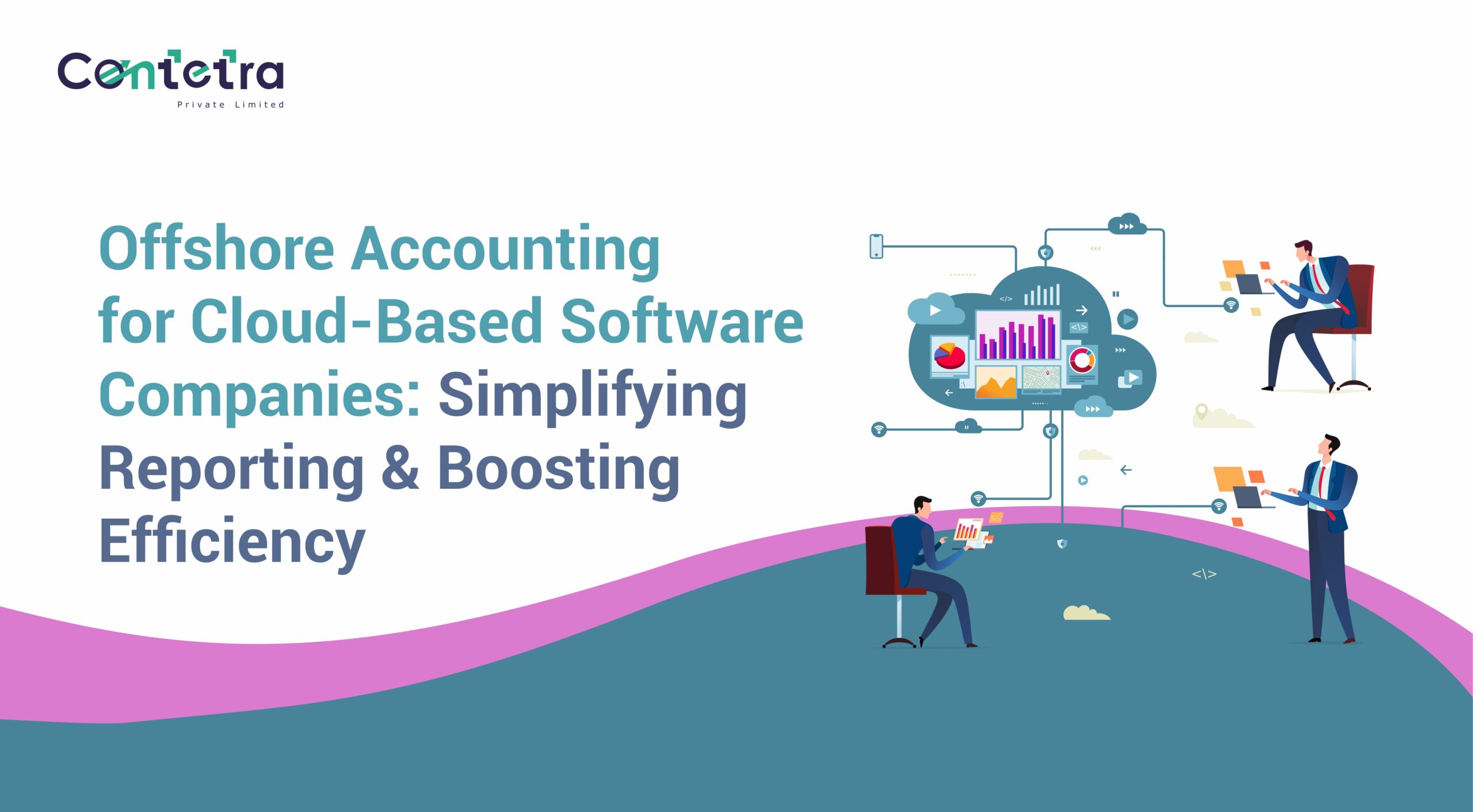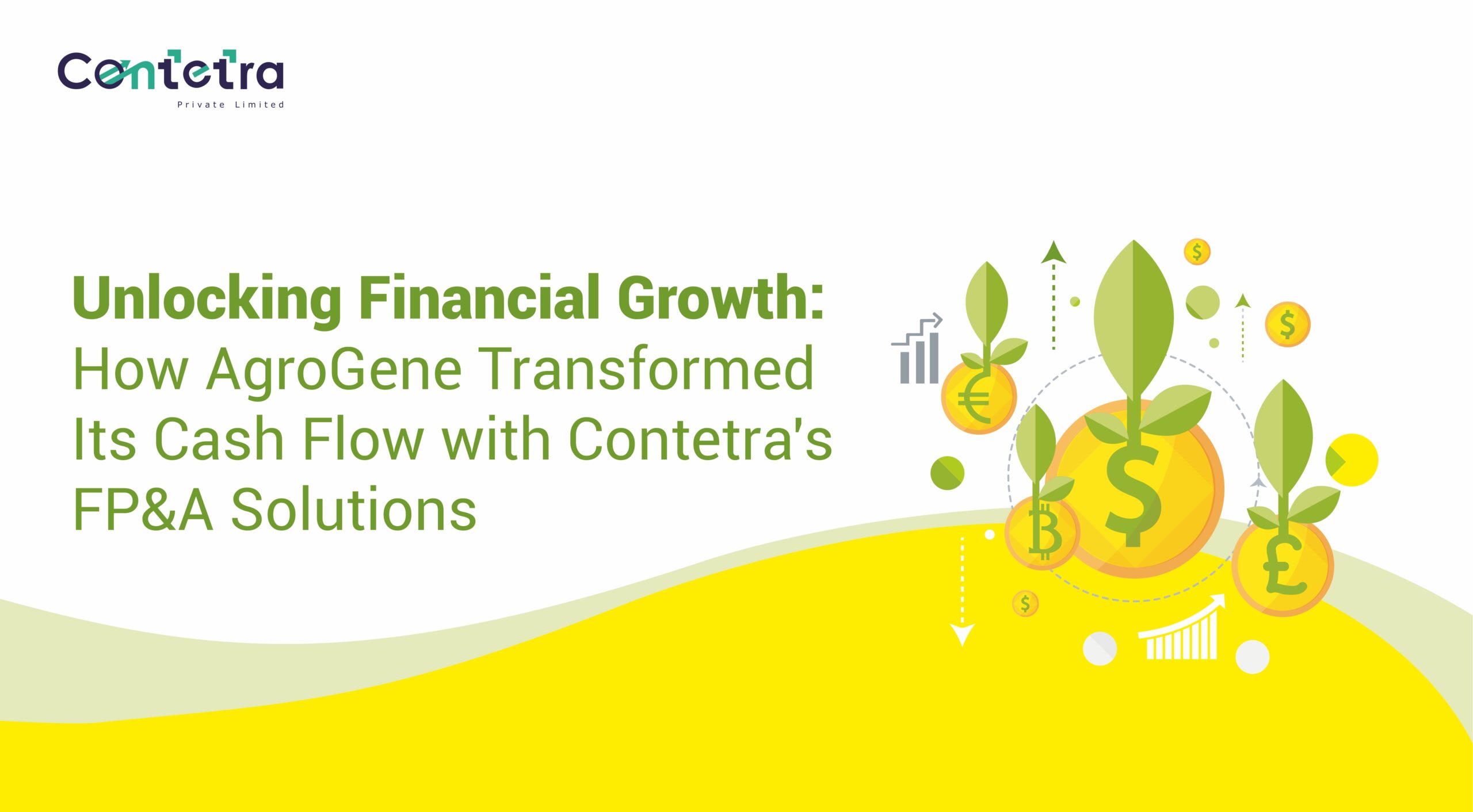Welcome back, proactive business owner!
In my last blog, we dissected Jio’s business pricing strategy that shook the telecom industry. {We’re here to help if you want to do the same in your industry! :)}
Now that we know the various factors you should take into consideration while preparing your business pricing strategy, we are here to answer one final question –
What are the Different Types of Pricing Strategies?
There are different business pricing strategies, which you can apply for different products and services.
- Value-Based Pricing
Value-based pricing strategy involves setting a price based on what the customer is willing to pay. The key is ensuring this price is higher than your production costs but within the customer’s perceived value range.
One of the best examples of value-based pricing strategy is the diamond industry. Even though there are other budget-friendly gemstones, people are willing to pay a higher price for diamonds due to their perceived value socially.
This concept of value-based pricing is frequently employed by prominent  luxury brands like Prada, Hermes, and Louis Vuitton, as well as by premium brands like Apple, who understand the significance of aligning prices with the perceived worth of their products and services.
luxury brands like Prada, Hermes, and Louis Vuitton, as well as by premium brands like Apple, who understand the significance of aligning prices with the perceived worth of their products and services.![]()
It offers advantages such as improved profit margins, better market penetration, an automatic increase in brand value, and enhanced customer loyalty. However, it’s not always highly profitable as some of the differentiated value needs to be shared with consumers, and it relies heavily on competitor pricing, necessitating continuous research and marketing efforts to justify higher prices.
Example: You own a company that produces eco-friendly bags. You initially price your eco-friendly bags at ₹85, aligning with what customers are willing to pay. If market dynamics change, and you need to adjust the price, you can do so as long as it remains within the customer’s willingness to pay range (e.g., ₹80-₹100).
Takeaway: Charge what you can without turning off the customer to your product.
- Cost-Plus Pricing
Cost-plus pricing sets prices by determining the cost of production and your desired profit margin. This strategy ensures that all costs are covered while allowing you to achieve your profit goals.
Example: You own a company that produces eco-friendly bags. Your bags cost ₹50 to make, and you aim for a 20% profit margin. A cost-based pricing strategy would ensure that your selling price would be ₹60, ensuring you cover all costs and reach your profit target.
Takeaway: Ensure all costs are covered and make sure you are reaching your desired profit margin.
- Competitive Pricing
Competitive pricing is about setting prices based on what your competitors charge for similar products. To gain a competitive edge, consider unique value additions.
Sometimes, big companies use competitive business pricing strategy to gain more customers, which means setting prices similar to their rivals, even if it costs more to make the product. If their production costs are high, they can adjust other things like packaging, ads, and how they sell it. Many companies do this because about 92% of online shoppers compare prices. They use tools to check what their competitors are doing and set their prices accordingly. These tools help them change prices quickly, keep making money, and stay ahead of the competition.
Example: Norm’s Computer Services wanted to be competitive but not cheap. Norm offered the first 15 minutes of work free of charge. This approach helped him maintain market share and improve his competitive edge without negatively impacting his bottom line.
Takeaway: Maintain or gain market share from your competitors.
- Economy Pricing
Economy pricing involves offering the lowest prices among competitors, targeting price-sensitive customers who sacrifice quality for lower costs.
Example: The fast fashion industry relies on economic pricing. They lower production costs by using cheap labour and inexpensive materials to offer trendy clothing at low prices. This strategy attracts budget-conscious customers while maintaining cost efficiencies.
Takeaway: Attract price-sensitive customers while achieving high sales volume and cost efficiencies.
- Penetration Pricing
As a new business, you may need to set initial prices on the lower end to gain market share and establish a strong customer base.
Offer introductory discounts, such as 10% off the first job or a portion of free labour. These discounts entice new customers while showcasing your quality. Once you’ve
built a loyal customer base, consider raising your prices.
Example: The best example of penetration pricing would be Jio. They offered free data services for 1.5 years. Once they had successfully penetrated the market and built a loyal customer base, they increased their prices.
Takeaway: Gain market share and attract customers quickly with low initial prices, then raise prices once you’ve established a strong customer base.
- Dynamic Pricing
Dynamic pricing adjusts prices according to real-time factors like demand, competition, and market conditions. I Instead of sticking to fixed prices, dynamic pricing uses variable prices with the goal of enhancing profit margins and boosting sales.
Uber uses dynamic pricing to increase fares during peak![]() demand times.
demand times.
Example: Airline ticket prices are the best example of dynamic pricing. They follow a similar pattern, with prices significantly higher on weekends and holidays due to increased travel demand during these periods. Pricing algorithms, now more advanced, swiftly adjust prices in response to heightened demand for flights on specific days.
Takeaway: Maximise revenue while adjusting for real-time factors like demand, competition, and market conditions.
Remember, there’s no one-size-fits-all business pricing strategy. Your choice should align with your business goals, your target market, and your unique value proposition. By carefully considering these factors and selecting the right pricing strategy, you can set prices that maximise profits, ensure competitiveness, and foster long-term customer satisfaction in your industry.
If you are struggling to find the right business pricing strategy for your business or are looking to revamp your pricing strategy, look no further!
We, at Contetra, have worked with over 125 business owners to provide them tailored solutions for their business like – prepare a business plan, revamp their pricing strategies and manage their cash flows.
Set up a FREE exclusive business review call with our strategic consultants and take your business to the pinnacle of success! – https://calendly.com/reachout-_g/30min?month=2023-06














